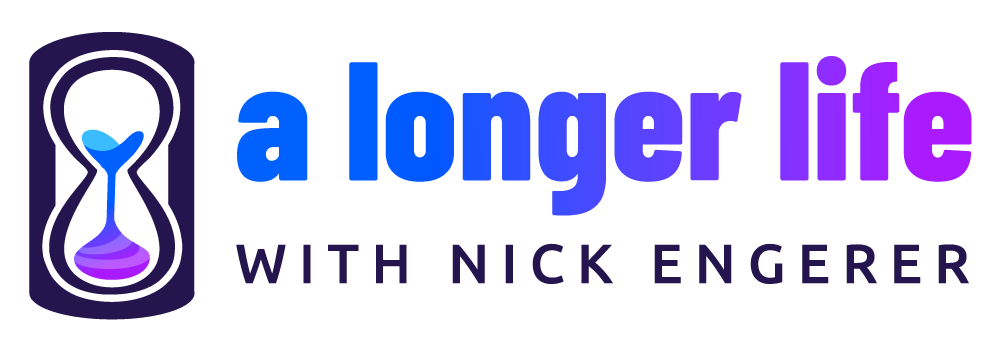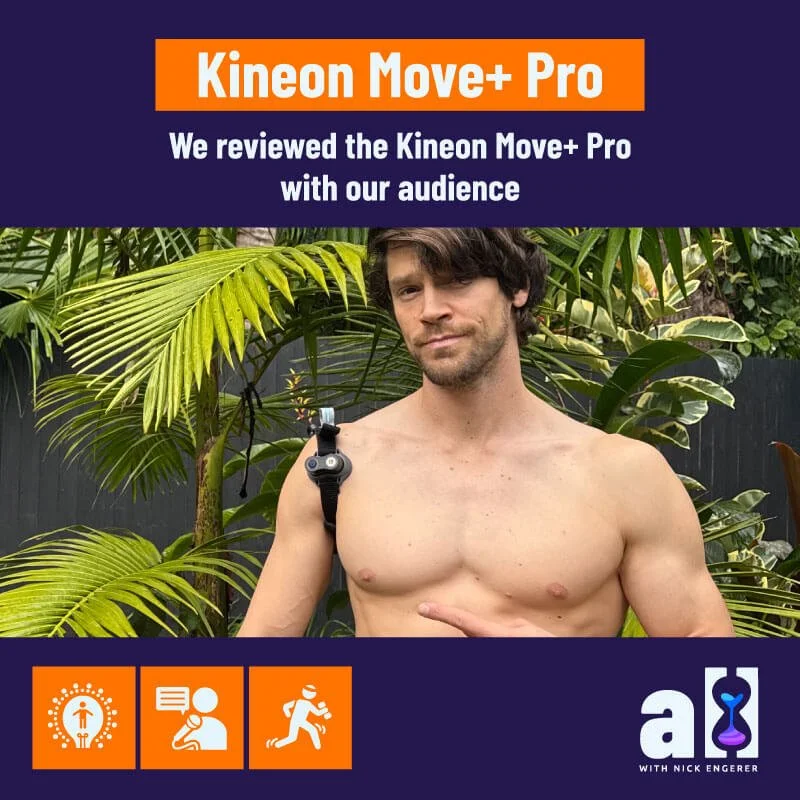Advances in DNA methylation based biological age estimates
Biological age testing technology
DNA methylation (DNAm) based Biological Age (BA) tests are unique, in that they supercede the more superficial BA tests which rely on blood data, white blood cell telomere length or surveys, by going deep into the aging signals expressed within your DNA.
Increased methylation (hypermethylation) or decreased methylation (hypomethylation) of the DNA in specific regions can now be tied directly to the aging process, thanks to the growing body of ‘Epigenome Wide Association Studies’.
Of the 28 million sites in your genome where methylation is known to occur, a ‘signal’ representing how old you are at the DNA level is present.
The latest biological age testing technology
Recently, there have been significant advances in the technologies available for reading this signal, and interpreting the methylated state of these 28 million locations (called ‘CpG islands’, as they occur in linkages between your DNA at C-G pairs).
A Longer Life has previously covered this concept in an introductory post on UK based Chronomics & will be hosting a follow-up interview with their CTO in short-order.
While Chronomics has certainly led the way from the outset, a wide array of other promising developments are occurring across this nascent industry.
This week, Deep Longevity released results utilising machine learning to interpret DNAm data to make BA estimates.
The outcome is their “DeepMAge” clock, which samples 1000 unique CpG sites fed through a neural network to estimate the biological age of an individual.
Published in the journal “Aging and Disease”, Deep Longevity (and parent company Insilico Medicine) report “the lowest error margin among other DNAm clocks published to date” with a Mean Absolute Error of 2.77 years. You can read more about this announcement here.
Side note: While not published in a peer-reviewed journal, the Chronomics kits I am using, offer accuracy of 2 years, so this result from Deep Longevity reflects that the capabilities in this field are rapidly maturing, and that is exciting.
What does this accuracy number mean for the consumer? - read on…
Biological age - accuracy and relevance
To understand the importance of aging clock error rates, we can look back to A Longer Life’s interview with Deep Longevity’s Alex Zhavoronokov, where Alex highlighted two key properties one needs to assess in order to interpret the BA estimate - accuracy and relevance.
In essence, if a BA estimated has an accuracy of 2 years, this would mean that a BA result of 40 years old, would be accurate to within + or - 2 year (38 - 42 years old).
This, as we’ll explore in upcoming posts, is important, in interpreting the impact of the intervention we are testing.
As an illustration, to say with confidence that in intervention has 'reversed’ BA in someone whose baseline BA estimate was 40 years old, it would have to lower the BA by more than 2 years (<38 years old).
Equally, a result of 42 years old would not mean that the individual became meaningfully biologically older.
As far as the relevance of the Deep Longevity DNAm based model, it surveyed 4,930 blood DNA methylation profiles from 17 studies, and from what we can tell, comprised a diverse ethnic background. This makes the model ‘relevant’ for a wide audience.
All of this of course begs the question - when will the longevity community be able to access this technology?
 |
The future of DNA Methylation based biological age testing with deep longevity
Given these exciting results, and our shared curiosity, we reached out to Deep Longevity’s Fedor Galkin, lead author on this study, with a few questions about the future of DNAm BA tests at Deep Longevity
Q: Will Deep Longevity be offering a DNA methylation test kit in the future?
A: Yes. There are still some other more pressing models to be integrated in Young.AI. But once we are done with them, we are going to make DeepMAge available for institutions and individuals. Global logistics are always an issue, so we are planning to start with US. We will also release API access to DeepMAge, which will let people use it on their data .
Commentary: The development of an API for DeepMAge is in-line with previous efforts by Deep Longevity parent company Insilico, and fits well with the company strategy of making their suite of BA testing services widely available. The possible entry of this Deep Longevity BA test offering in to the US market is of course quite exciting for the longevity/biohacking community!
Q: How does/will this research benefit everyday users of DNA methylation based biological age testing services?
A: We are building a longevity ecosystem. DeepMAge will be integrated with other aging dimensions to enable a multimodal look at aging within one organism.
Ultimately, we aim to create a model that will be able to tell how methylation at a specific gene is associated with psychological traits, for example.
When integrated in Young.AI, DeepMAge will be accompanied with more detail than just age prediction. We are working on methylation reports to let our users see which features increase or decrease their biological age and how it can be changed.
Commentary: The reason the development of a DNAm based BA test from Deep Longevity is so significant, is that it will sit alongside many other BA tests that they operate, and will be one more item in their ‘suite’ of tools for their vision to provide ‘Longevity-as-a-Service’.
It is also important to respect the complexities of DNAm data; as there are many interactions between bodily systems which alter DNA expression. By commenting on ‘psychological traits’, we see that Deep Longevity is already thinking well ahead of the curve with respect to these challenges.
Q: You’ve mentioned your primary goal is to ‘find academic collaborators’ - is it your intention to share the collection of DNAm profiles with other researchers? If so - how best to request this access?
A: We share our data annotated data collection on OSF. We have uploaded the short annotation: GEO id of a sample, sex, chronological age, health. We have spent quite some time looking for DNAm data sets with age annotated, so this collection will be useful to other biogerontologist who want to work with DNAm.
We have not uploaded the methylation values per se, but since all data is publicly available at GEO, any researcher can easily download it given the accession IDs. https://osf.io/74zga/
Commentary: Sharing data and knowledge is highly important for the research community, and Deep Longevity has adopted the ethos of sharing their datasets and helping other research groups to avoid the hard work of compiling DNAm datasets on their own. Use the link above or contact Fedor directly to explore how to leverage their previous work on this topic.
use the code ‘longevityblog’ to save 5%!
FDA & TGA DISCLAIMER
This information is intended for educational purposes only and is not meant to substitute for medical care or to prescribe treatment for any specific health condition. These blog posts are not intended to diagnose, treat, cure or prevent any disease, and only may become actionable through consultation with a medical professional.













